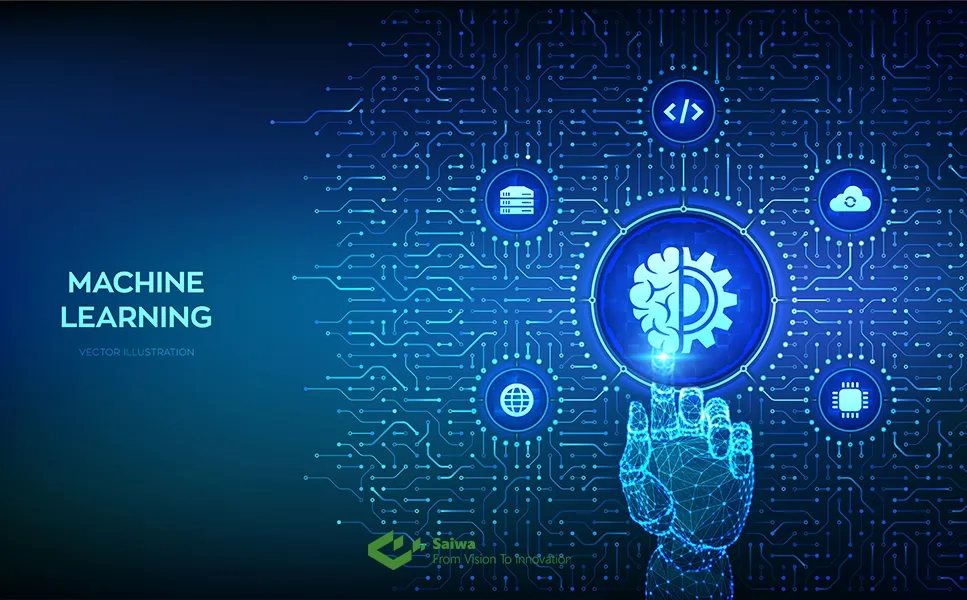Machine learning automates processes and generates insightful data from various texts like surveys, emails, customer service tickets, social media, and the web. This article thoroughly discusses the importance of training data in machine learning. Let's begin by defining training data to guarantee your machine learning models are set up for success.
What is training data?
Training data in machine learning is data utilized to teach an algorithm or machine learning model. Processing or analyzing using training data in machine learning requires human participation. Participation methods depend on the problem intended to be solved and the type of machine learning algorithms utilized.
With supervised learning, people are involved in selecting the features of the data that are used for the model. The training data must be labeled, i.e. enriched or annotated, to teach the machine how to recognize the outcomes that the model is designed to identify.
Unsupervised learning uses unlabeled data to find patterns in the data, including inference or clustering of data points. There are hybrid machine learning models that allow you to use a combination of supervised and unsupervised learning.

What is the difference between training data and testing data?
It is essential to differentiate between training and testing data to enhance and validate machine learning models. Maintaining consistency in vocabulary, metrics, and units is crucial. Training data teaches an algorithm to identify patterns within a dataset while testing data evaluates the model's accuracy.
Training data is a specific dataset utilized to train an algorithm or model to make accurate predictions. Validation data is used to appraise and determine the optimal algorithm and model parameters. Finally, the language must be unambiguous, precise, concise, grammatically accurate, and free of fillers. Test data is utilized to evaluate the accuracy and effectiveness of the algorithm employed for machine learning to determine its ability to predict new responses based on its training.
How is training data used in machine learning?
Machine learning algorithms improve by analyzing relevant examples from training data, unlike other algorithms that rely on predetermined parameters.
The accuracy in identifying the desired outcome or answer of the machine learning model depends on the quality of the labeled training data and its features. Furthermore, following metrics and units strictly is crucial to ensuring consistency and unambiguousness in the language used in training data.
The accuracy and overall performance of a machine learning model are determined by the quality and quantity of training data used. A model trained on data from only 100 transactions is likely to have weaker performance than one trained on 10,000 transactions. In general, more diverse and larger volumes of training data tend to lead to better performance, assuming the data is labeled correctly.
Throughout the AI development lifecycle, the training data serves to retrain the model. Educational data hubs are dynamic and subject to imperfect real-world conditions, causing the accuracy of the initial training data set to decrease over time. As a result, the training data must be updated accordingly to better represent the ground truth and retrain the model.

How to get training data?
To label your data, you can either use your data or request assistance from your team. Alternatively, purchasing labeled training data that pertains to relevant features for your machine learning model is also a viable option.
While automated tagging features within business tools may increase efficiency, they lack the necessary accuracy to manage the production data pipeline without human review.
The objectives of machine learning determine the necessary data type and source. For natural language processing to teach a machine to read, understand, and extract the meaning of language, a substantial amount of text or audio data is required to train algorithms.
Meanwhile, computer vision projects that aim to educate a machine about recognizable objects require a distinct type of training data.
Many resources offer open datasets such as Google, Kaggle, and Data.gov. Most of these datasets are maintained by academic institutions, government agencies, or enterprise companies.
How much training data is needed?
There is no definitive answer to this question. In fact, it cannot be answered in any way. The more data you have, the better. The amount of training data required to build a machine-learning model depends on the problem's complexity and the algorithm used to solve it. To determine the necessary amount of training data, build your model with the available data and evaluate its performance.
What makes good training data?
High-quality training data is vital for creating a high-performing machine learning model, particularly in its early stages. The features, labels, and associations of the training data serve as textbooks from which your model learns.
The training data is utilized for training and retraining the model during use because relevant data is typically not fixed. As human language, word usage, and associated definitions evolve, it is critical to maintain a regularly updated model by periodic retraining.
Features of quality Training data in machine learning
To have good and quality training data, you can check the list below to make sure:
Relevant: You need data related to the work or problem you want to solve in this process. If your goal is to automate customer support processes, you are using your real customer support data set, otherwise, this data will be skewed, for example, if you are training a model to analyze social media data. You need a data set from Facebook, Twitter, or other things that you want to analyze.
Uniform: All data must be from the same source with the same characteristics.
Representative: The training data should contain data points and factors similar to the data you are analyzing.
Comprehensive: The training dataset should be large enough for your needs and have the right scope to cover all the intended use cases of the model.
Diverse: The dataset must reflect the training and user base or the results will be skewed. Make sure that those tasked with training the model do not have hidden biases or bring in a third person to check the metrics.

Why is quality training data important?
Because labeled data is crucial for the intelligence of your model. It can be compared to a person who only reads at a teenage level, making it difficult for them to comprehend complex university-level texts.
Conclusion
Good training data is essential for successful machine learning. To ensure the right quality and quantity of training data for your model, it's important to understand its significance in machine learning. Once you comprehend the difference between training data and test data and their importance, you can start putting your data set to work.
Note: Some visuals on this blog post were generated using AI tools.

